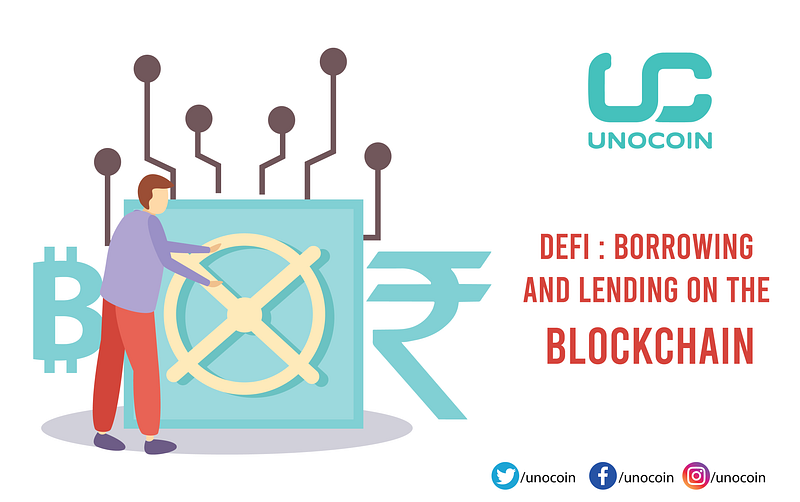Understanding that banks are not infallible, the genesis of cryptocurrency and the next step in the evolution of cryptocurrency practices

Understanding how banks make money:
Traditionally, banks are businesses: they are companies listed on the stock market and therefore owned by and run for shareholders. Banks need to generate enough money to pay their employees, support their infrastructure and keep running their activities. Apart from charging fees for their services and trading in the financial markets, they largely make money by charging interest on loans. But where do banks get the money to lend?
Retail and commercial banks need customers to deposit their money with them and the money in these accounts creates a huge reserve of liquid cash for banks to use, called liquidity pools. To incentivize people to keep their money in a bank, it pays them a small amount of interest, but this is only a fraction of what the bank earns by lending out the deposited money to other entities. The difference, known as the margin or turn, adds to the bank’s earnings and helps it stay in business. For example, if a bank pays 6% interest on deposits, it may charge 10% on loans.
The unreliable nature of centralized banking systems:
But like every business, there are problems within this system. India’s central bank has created some big concerns about the opacity and sustainability of the country’s banking system. In its bi-annual Financial Stability Report (FSR), released on June 30 2017, the Reserve Bank of India (RBI) warned that the sector is under severe stress, with an increase in bad loans and bank fraud, among other issues.
There are of course rules and regulations that every centralized bank has to adhere to so that the chances of a bank issuing a loan that can’t be paid back are minimized. But more often than not, there are instances of higher-level bank officials who make human errors and commission loans unethically. And sometimes, these decisions do not bode well for their customers- take the Yes Bank fiasco from earlier this year, for example.
Despite being one of the most popular banks in the country, red flags were raised about its asset equity in 2015 by UBS, a global financial services company. The report stated that Yes Bank had loaned more than its net worth to companies that were unlikely to pay back. Matters came to a head when RBI decided to cap withdrawals for deposit holders with Yes Bank at Rs. 50,000 INR per month in March 2020 and place the bank under moratorium “in the absence of a credible revival plan, and in the public interest and the interest of the bank’s depositors…”
DeFi: An alternative for the future
Cryptocurrency has gained ground in recent years because of the promise of autonomy that blockchain holds out for its users. With its decentralized, peer-to-peer model of transacting money, it allows you to be in control of your money and offers you an opportunity to be your own medium of accessing loans and earning interest on cryptocurrency and exchange directly with merchants, while eliminating intermediaries.
If cryptocurrency is decentralized money, then DeFi is decentralized finance or an open system for borrowing and lending. It is still early days for DeFi and its most powerful effects can only be discerned over a long term, but the notion that crypto entrepreneurs can recreate traditional financial exchanges in a decentralized format has made a strong case for DeFi.
DeFi’s Modus Operandi:
- DeFi’s open lending protocol works much like banks- users deposit their money and when someone borrows their digital assets, they earn interest. However, instead of an intermediary, the open-source and smart contracts dictate the loan terms, connecting lenders and borrowers and in charge of distributing the interest.
- The smart contract once deployed on the blockchain is self-executing and can’t be stopped unless both parties agree. But it is a rather difficult process wherein both parties have to retract the contract using their digital signatures.
- Due to the innate transparency and immutability of the blockchain, the lender earns high returns and is able to assess the risk more clearly.
- Pledging your cryptocurrency on a protocol entitles you to interest.
- The standardization and interoperability of the system can reduce costs with automation and all rules are enshrined in tamper-proof smart contracts.
- The company issuing the DeFi protocol charges a small transaction fee for every loan issued on the protocol.
The above-mentioned points are written with the aim to initiate the reader to the emerging new concept of DeFi but it should be remembered that it is young and relies on a paradigm shift. Accessibility, regulation and thin liquidity are major roadblocks on the path of DeFi; it is nonetheless a space of innovative experimentation instead of traditional financial operations and risks might be mitigated as the industry matures. Reliable solutions seem to be on their way and things ahead for DeFi look exciting.



